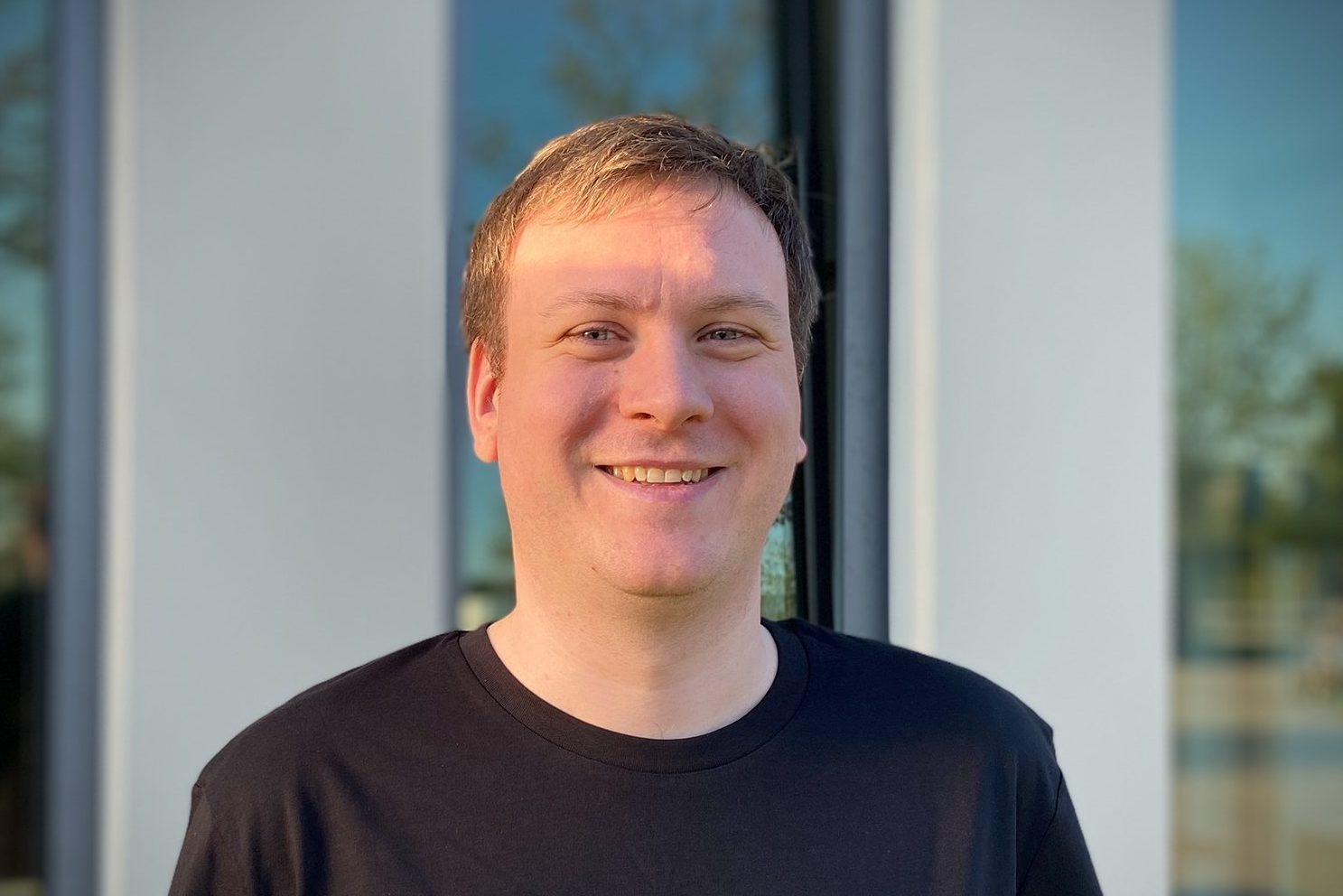An Interview With Our Head of Software Ernst

Even though our Head of Software Ernst has been with us for 9 months now, we have actually not yet introduced him on our media channels. So it’s time to change that! We sat down for an interview with him and got some interesting insights into his view on sewts, our Software Development and goals for 2022.
Hi Ernst, thank you for taking the time and talking to us. To start things off, can you give us a short introduction of yourself?
Hi, my name is Ernst, I have a degree in computer science and have been with sewts for 9 months. Before that, I spent 8 years at a medium-sized IT consultancy, where I supported several large corporations with their projects.
Why did you decide to join sewts?
There were two main things that appealed to me: Firstly, I had been considering joining a start-up with a dynamic and highly motivated team for some time, which is what I got here. I also wanted to have the opportunity to help shape the company’s development.
In our interviews, the founders were then able to convince me that the company has a bright future with their vision, professionalism and planning for further action. The first product is of course exceptional and already had a very good standing in the prototype stage when I started. Moreover, there is a good plan to bring it to series maturity.
What were your main priorities in the first months?
My main priorities at the beginning were, of course, to get to know the system and the team members.
After that, three major changes were on the agenda. First, the development process was structured more clearly. We have now had a Scrum process for eight months that runs smoothly. Then it was a matter of looking at the skills of the individual team members and developing them accordingly. Finally, as a third change, we set up a general and modular architecture for our software product in order to have a joint vision and to be able to quickly adapt to customer requests and future use cases.
Let’s assume someone stumbles across the sewts website without any prior knowledge. How would you explain the software of our first product VELUM?
We have three categories in the software: robot control and hardware component control, both of which are more hardware-related, and the large area of computer vision, where classic computer-based image processing works together with artificial intelligence (AI) to analyze materials and determine the best possible gripping points.
We are currently working with towels, but we have already achieved very good results with other textiles. The software is modular and depending on the needs of a certain material, the analysis methods can be adapted and AI components can be retrained.
Where do you see the biggest strengths of the technology developed by sewts?
In terms of software, this is definitely our computer vision and our AI. Our software not only has high accuracy, but its modularity also makes it quickly transferable to other applications. We are therefore not limited to one material or one industry.
But another innovation that hasn’t been seen before is in the design of the processes for handling easily deformable materials and how they affect the types of robotic motions we perform.
Can you explain that a bit further?
Basically, no one but us is automating these processes, so the robots also have to perform completely new movements.
What’s stopping the competition from copying the technology?
Of course there are patents, but in terms of the software, a great deal of knowledge is also needed about artificial intelligence in combination with easily deformable materials. The technological lead of sewts is therefore correspondingly large here.
What’s your philosophy in leading our Software Team?
You can probably do a separate interview about this, but here are a few basic pillars. I’m strongly guided by the principles of consistency, authenticity and openness, as I find it incredibly important that one’s actions are logical and understandable. Of course, as a leader, you can still change your mind, but the reason should be apparent.
On a professional level, I think it’s important to challenge the team members, I’m happy to provide advice and tips, but ultimately everyone should solve their own tasks and also take responsibility for the result. However, it is my job to consider which tasks best suit the team members and what development opportunities there are for everyone individually to realize their potential.
Looking forward: What are the main goals and challenges for the Software Team going to be in 2022?
From a purely technological point of view, the focus is currently on preparing the computer vision for delivery, selling it and putting it into operation at the customer’s site. The performance of our software is already very good, our accuracy is over 96%. However, we still want to implement performance management, set up a resilient update strategy and clarify the version management of the licenses, among other things.
At the same time, however, we will also start with research and initial tests for new projects. In particular, a project in the area of e-commerce/returns handling is already in the starting blocks.
In addition, we also want to grow strongly again in 2022 and switch the team to working on multiple use cases. We will no longer all be working on the same topics. So that will be interesting in terms of project organization.
Thank you for the interview, Ernst!
Thank you!